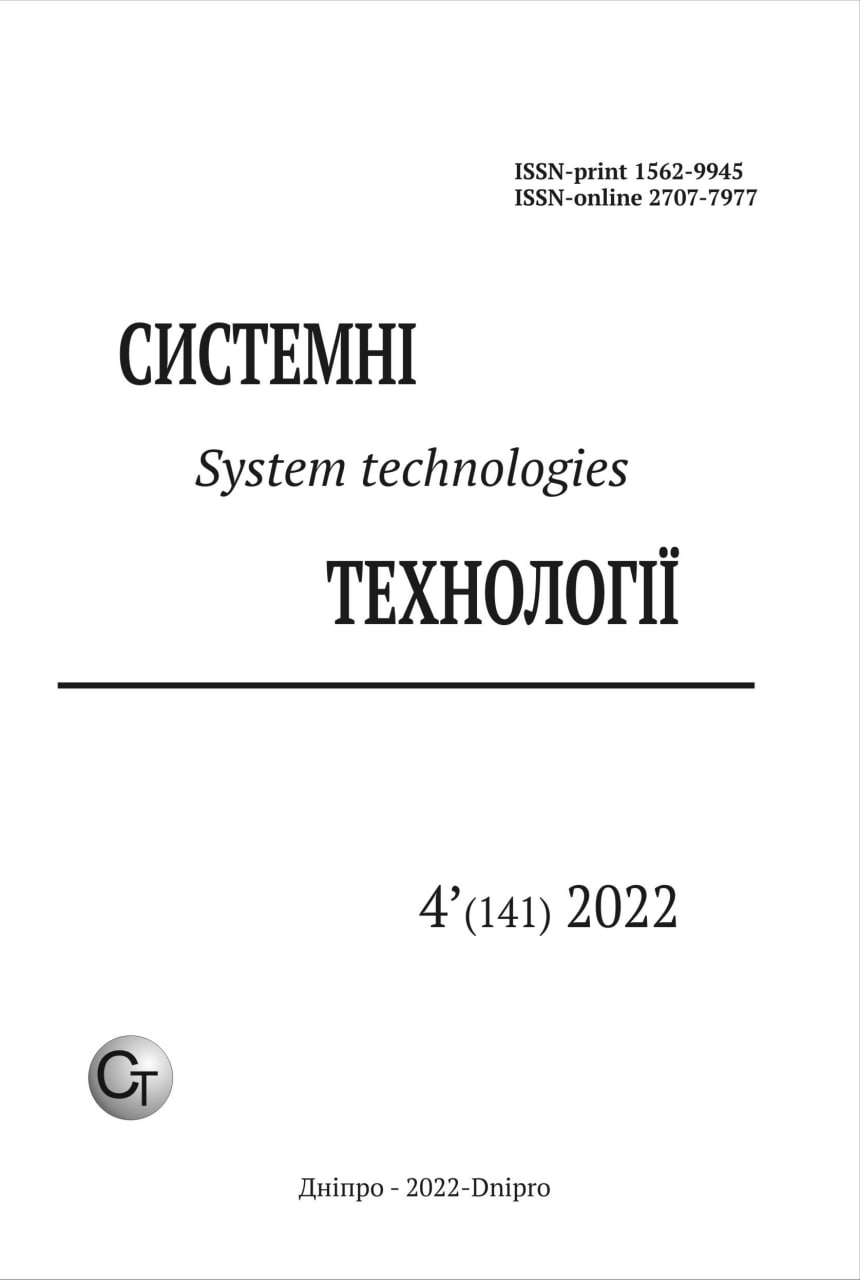On the question of determining the quantity of energy necessary for the disintegra-tion of rocks to a certain size
DOI:
https://doi.org/10.34185/1562-9945-4-141-2022-09Keywords:
rocks, classical energy theories of destruction, sample, contact friction, tangential stresses, asymmetry, energy of destructionAbstract
An analysis of the existing classical theories of determining the amount of energy re-quired for the disintegration of solid bodies is carried out. The classical energy hypothe-ses of the destruction of Rittinger, Kick-Kirpychev and Bond can be combined by the formula of the so-called generalizing hypothesis , where E1 is the specific energy transmitted per unit volume of the body , which is collapsing. It is necessary to increase the energy of the newly created surface; k - proportionality factor; x - average grain diameter; f(x) is an exponent that depends on the size of the particles. The geo-metric interpretation of the generalizing hypothesis and theoretical and empirical equa-tions of Rittinger, Kick, Kirpychov, Bond, Svensson, Holmes and other authors is shown and it is argued that they complement each other for different degrees of fragmentation. The thermodynamic theory of L. Jingezian and the theory of A. Andreazen are also ana-lyzed. It was concluded that the presented crushing hypotheses are valid for simplified models of destruction based on the geometric similarity of the particles that are de-stroyed and the products of destruction and their physical identity, in the absence of de-fects in the structure of bodies, therefore the need to create a generalized and reliable mathematical model that reveals the main regularities of these processes taking into account the share of internal and especially external friction. The authors, under the guidance of Professor Vasiliev L.M. a new theory of local destruction of rock with symmetric and asymmetric distribution of contact tangential stresses has been developed, which theoretically provides a reduction in the specific en-ergy of destruction by 40-45 times, which makes it possible to search for new ways of controlling the disintegration process with the lowest energy consumption.
References
S.E. Andreev, V.A. Perov, V.V. Zverevych Droblenye, yzmelchenye y hro-khochenye poleznikh yskopaemikh. 3-e yzd., pererab. y dop.- M.: Nedra, 1980.-415s.
V.S. Blokhyn, V.Y. Bolshakov, N.H. Malych. Osnovnie parametri tekhno-lohycheskykh mashyn. Mashyni dlia dezyntehratsyy tverdikh materyalov: Uchebnoe posobye ch.1 – Dnepropetrovsk; YMA - press. 2006. - 404s.
L.A. Vaisberh, L.P. Zarohatskyi, V..Ia. Turkyn Vybratsyonnie drobylky. Osnovы rascheta, proektyrovanyia y tekhnolohycheskoho prymenenyia. -SPb.:Yzd-vo VSEHEY, 2004. – 306s.
M. Malich, L. Vasyliev, D. Vasyliev Otsinka enerhii ruinuvannia zrazkiv hirskykh porid pry asymerychnomu navantazhenni // Ukainskyi hirnychyi f-2021. Materialy mizhnarodnoi konferentsii – Dnipro.- D.: Natsionalnyi tekhnichnyi universytet «Dn. Polit», 2021. –S. 132-139 .
















